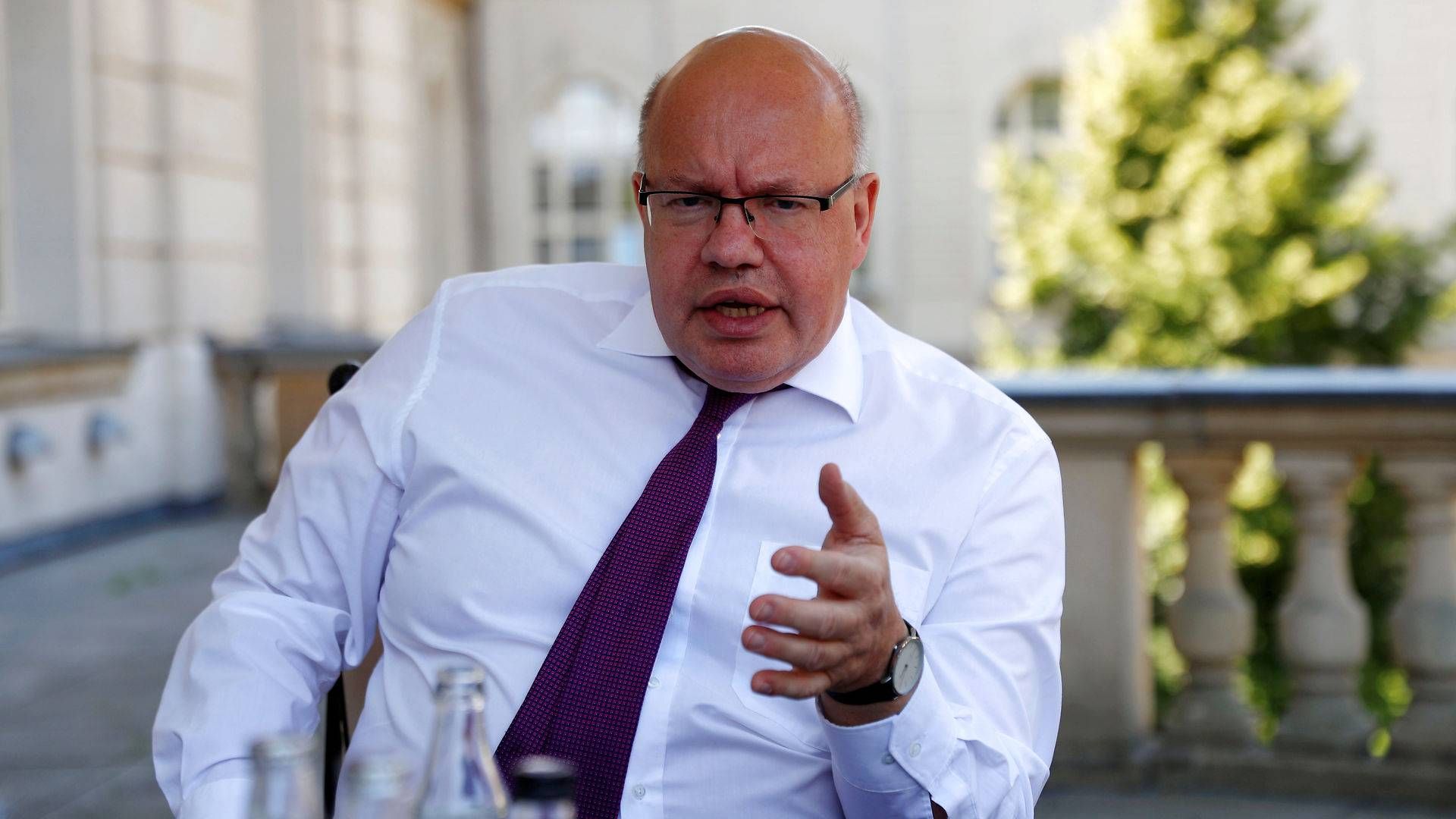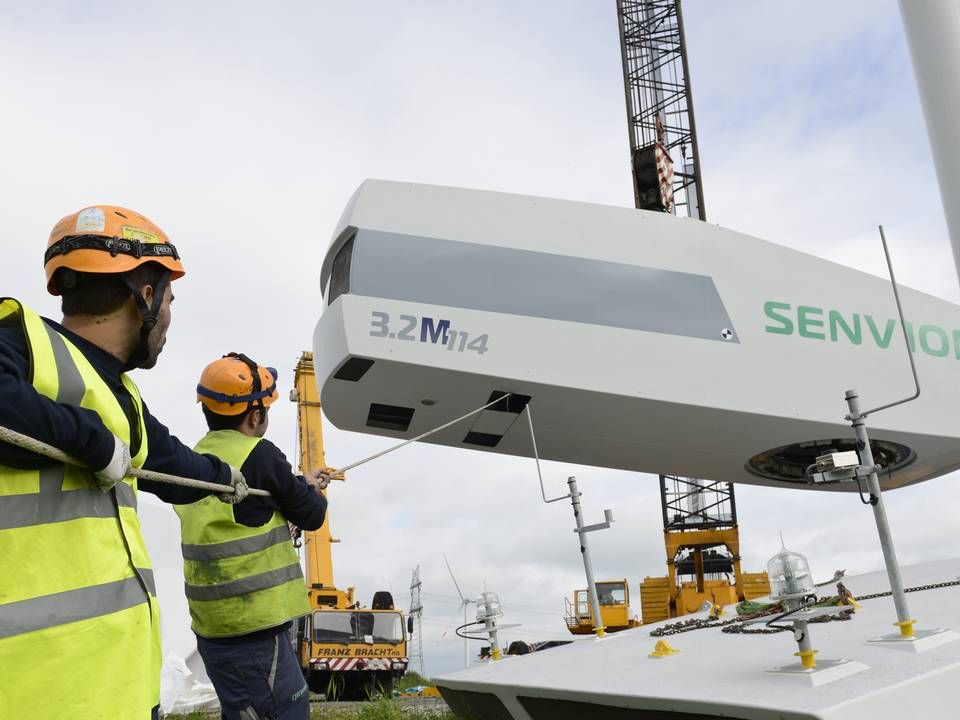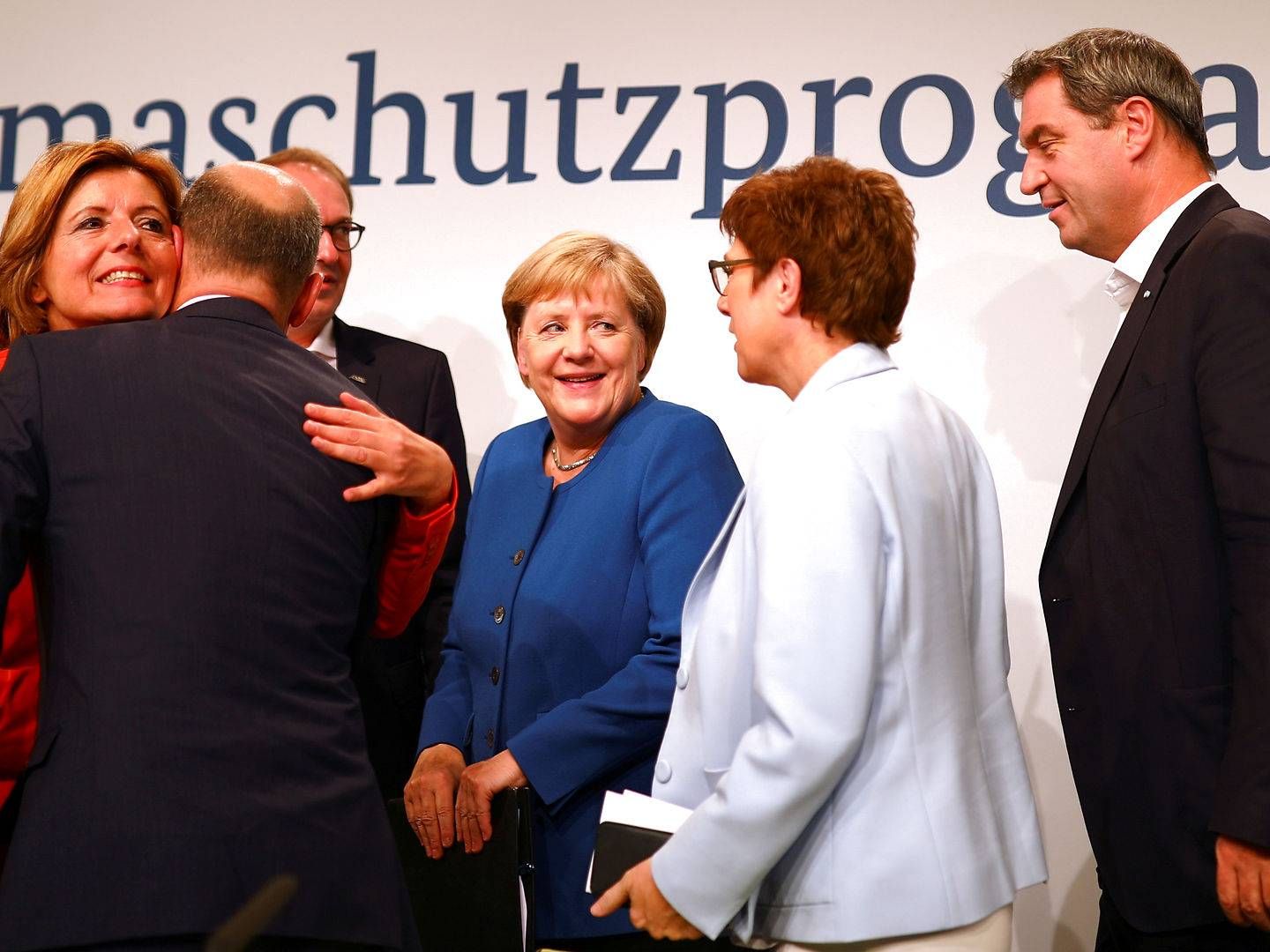Germany aims to remedy wind sector's big problem

The German wind industry appears set to get a regulatory windfall. On the other hand, the industry's basic operating premises have become less certain. The working plan compiled by the Federal Ministry for Economic Affairs and Energy, however, seems to entail that, whereas positive steps are being taken, the benefits are at risk of being canceled out by other political initiatives.
Undoubtedly, the most positive aspect of the plan is the intended revision of the problem the German wind industry has faced during the last two years: The slow licensing processes and subsequent legal tripwire, which has been the main problem behind the deepening lack of projects over the last five public tenders, the most recent of which ended up undersubscribed, with only 176 MW allocated from the 500 MW total.
Federal German Minister of Energy Peter Altmaier (Christian Democratic Union) – who one month back took part in a crisis meeting with the wind industry – appears to be aware of how much effort is consumed by these issues. Half of the plan's 14 points are thus "amendments to accelerate incensing".
The number of departments handling complaints is reduced to two – the Higher Administrative Court (Oberverwaltungsgericht, OVG) and the Federal Administrative Court (Bundesverwaltungsgericht, BVerwG). One central licensing authority will be established in each federal state, while complaints and litigation will have a reduced suspensory effect on the approval process.
Moreover, the federal government will also hobble one of the major showstoppers' tools for halting projects: The size of areas, where wind turbines are prevented from being installed due to nearby radio towers belonging to, for instance, the military or airports, will be reduced to open up new wind markets. Projects with a combined capacity of 8.4 GW are currently blocked due to consideration of military or civilian air traffic.
Jeopardizes 2030 targets
New domestic markets may very well also be needed, as the government announced plans last month to implement a general distance requirement of 1,000 meters for wind turbines. Although, federal states will have jurisdiction to deviate from the rule if affected local communities are not opposed.
Berlin bases this on another main item in the working plan: To boost local support for wind expansion, an element that can be seen as an appeasement policy based on political fear for highly vocal minorities, which, incidentally, are also the factor behind the need to ease access to licenses, which are often delayed because of consistent gripes from opponents.
German wind sector association Bundesverband Windenergie (BWE) concedes that there are problems with local sentiment and acknowledges that the "points now presented made big progress". However, the distance requirement remains a steadfast fly in the soup. Altmaier's humble hope up to the crisis meetings was, however, that the federal government could be convinced to allocate 2 percent of Germany's landmass to wind power.
"We, Bundesverband Windenergie, once again point out that the firm distance regulation removes a large section of the utilizable area. If the 1,000 meter [rule] is implemented throughout the country, the goal of 65 percent renewable energy in 2030 is in jeopardy. We thus appeal to federal states to use their opt-out-option," says BWE Chair Hermann Albers.
Law without climate target
The distance requirement is not the organization's – and many others' – only problem with Berlin's new line. The working plan was presented on the same day that the the Federal Minister for the Environment, Nature Conservation, and Nuclear Safety (BMU) released a draft for Germany's first climate law.
In part, the proposal has attracted criticism regarding the shorter term up to 2030. Here, sector-specific emissions reduction targets are proposed, but punitive measures entailed to keep players on track are said to lack teeth. Furthermore, the document omits any binding long-term targets – neither for 2040 nor 2050.
Earlier this year, Germany and most other EU member states pledged climate neutrality from 2050, which was initially derailed particularly by Polish resistance. The new bill, though, the already soft passage from prior versions stating that net-zero emissions "ought to be achieved" was further diluted and would now only require Germany to "pursue" that goal. The EU will try to reach an agreement again in December.
English Edit: Daniel Frank Christensen
Germany said to drop concrete targets in diluted climate bill
Potential energy commissioner refrains from pledging 2030 target
German climate plan "creates chaos" in wind industry
German auction once again sees disappointingly few bids



















.jpg&w=384&q=75)





